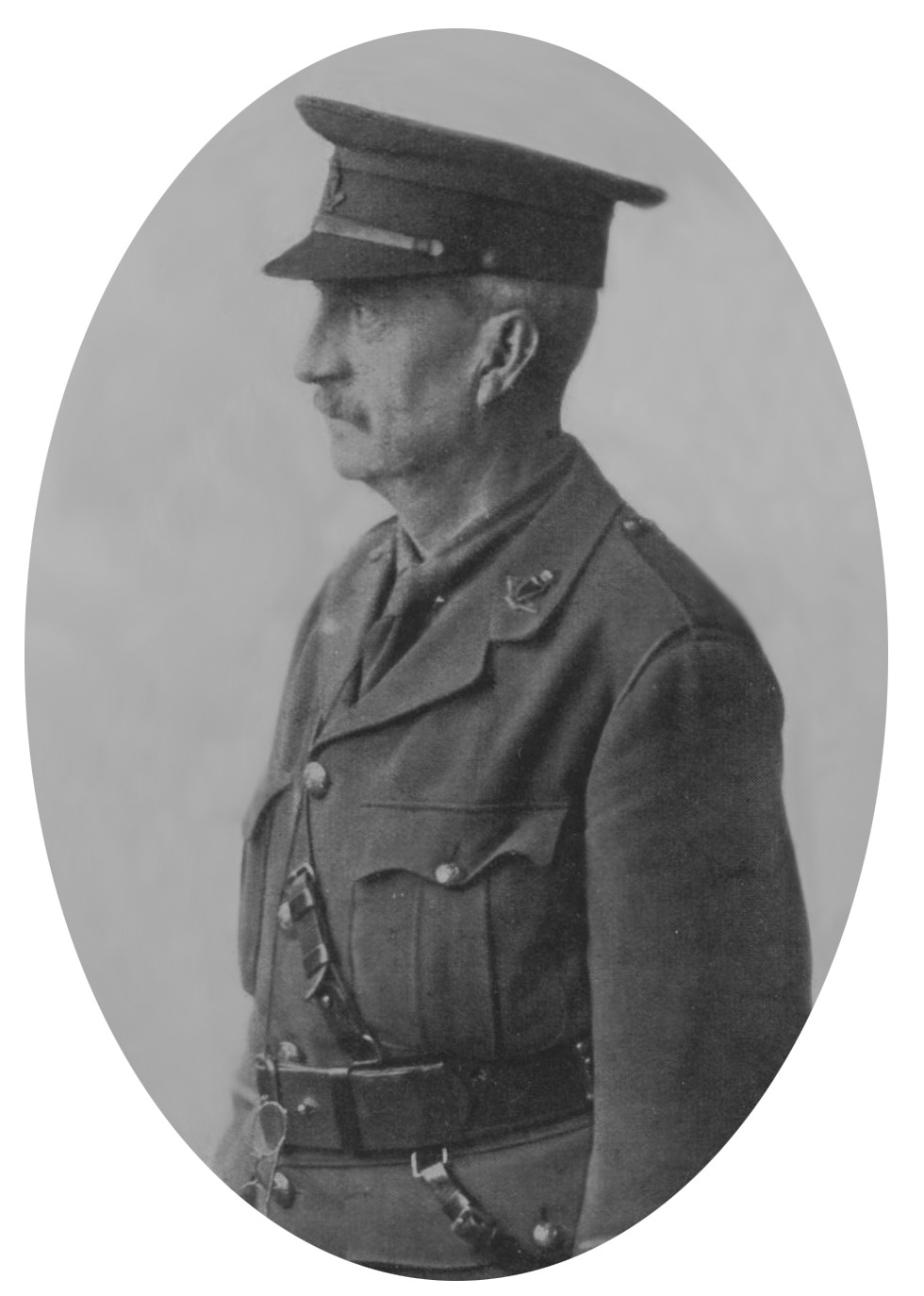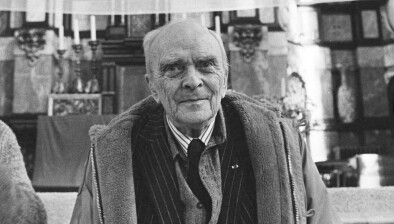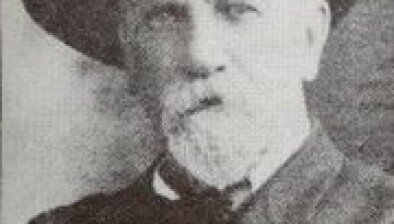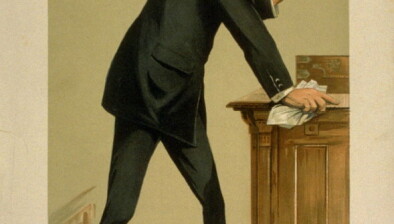Irish Legal Heritage: Major William Redmond

Picture credit:
"A Gallant Irishman Who Died for
the Empire: Major William Redmond",
Illustrated London News, 16 June 1917
On 7 June 1917, William Hoey Kearney Redmond was killed in the attack on the Messines Ridge during the First World War, serving as a major in the Royal Irish Regiment of the British Army.
A famous Irish Nationalist, Willie came from a family of parliamentarians – his father, William Archer Redmond, was a Member of Parliament in Westminster for the Home Rule Party; and his older brother, John Edward Redmond, was a Member of Parliament and leader of the Irish Parliamentary Party.
On 24 March 1884, Willie himself was sworn in as a new MP for his father’s old constituency, Wexford Borough, at the age of twenty-two. During his thirty-three years as an MP, Willie went on to be an MP for Fermanagh North for seven years after the Wexford Borough constituency was abolished, and East Clare for 25 years – a seat in which Willie was succeeded by Éamon de Valera, who won the by-election triggered by Willie’s death.
Like his father and brother, Willie was a passionate supporter of Home Rule, which he said was necessary because the Union “has depopulated our country, has fostered sectarian strife, has destroyed our industries and ruined our liberties”. An ardent opponent to landlords, Willie had been imprisoned a number of times for his work with the Land League agitation, and he said that one of the qualities required of an Irish MP was “that he should hate with all his heart British Rule in Ireland” (Terence Denman, A Lonely Grave: The Life and Death of William Redmond (Irish Academic Press 1995)).
Having served with the Royal Irish Regiment for a couple of years after finishing school, Willie was described as having always been a “soldier at heart”, the “spirit of comradeship and discipline” having appealed to him. When the Great War broke out in August 1914, he had already been involved with the Irish Volunteers – but he believed that if Germany won the war, Ireland was endangered too. Intent on joining the Royal Irish Regiment again and troubled by the idea of recruiting for the war effort without joining the fight himself, he wrote: “I can’t stand asking fellows to go and not offer myself”. In this vein, Willie said to the Irish Volunteers assembled outside of the Imperial Hotel in Cork:
“I speak as a man who bears the name of a relation who was hanged in Wexford in ‘98 – William Kearney. I speak as a man with all the poor ability at his command has fought the battle for self-government for Ireland. Since the time - now thirty-two years ago - when I lay in Kilmainham Prison with Parnell. No man who is honest can doubt the single-minded desire of myself and men like me to do what is right for Ireland. And when it comes to the question - as it may come - of asking young Irishmen to go abroad and fight this battle, when I am personally convinced that the battle of Ireland is to be fought where many Irishmen now are – in Flanders and France – old as I am, and grey as are my hairs, I will say: ‘Don’t go, but come with me!’”
(Terence Denman, A Lonely Grave: The Life and Death of William Redmond (Irish Academic Press 1995)).
Willie went to fight in the war at the age of 53, writing proudly to friends in Ireland that the men of the Royal Irish Regiment were “…pulling famously with the Ulster men. Would to God we could bring this spirit back with us to Ireland. I will never regret I have been out here”. Within a month of writing, Willie was dead.
Seosamh Gráinséir








